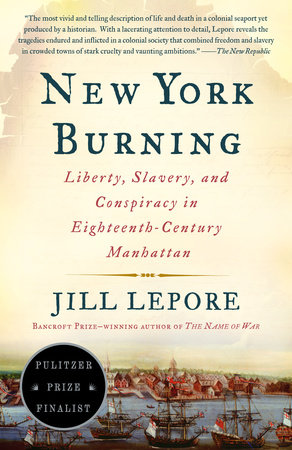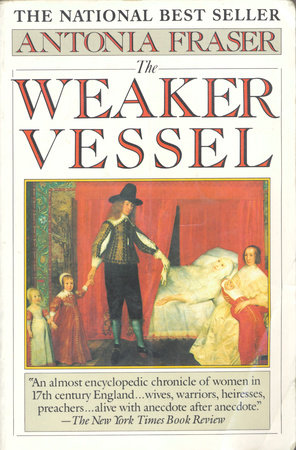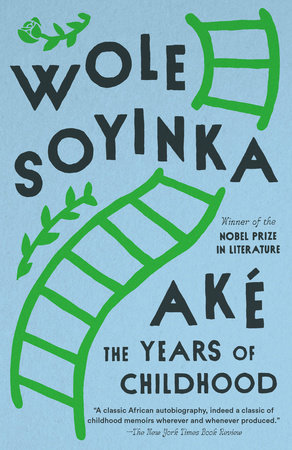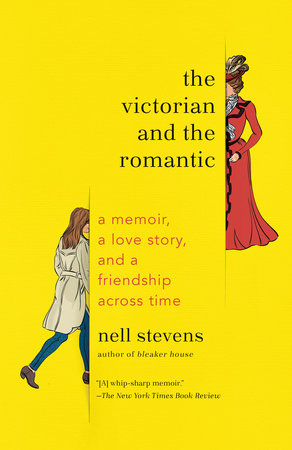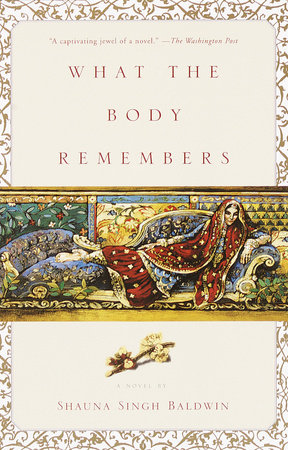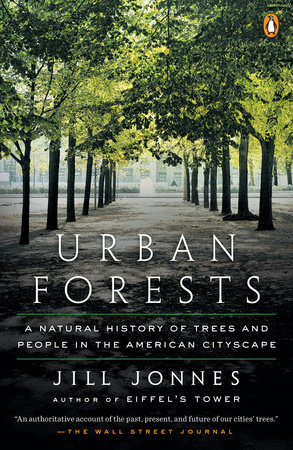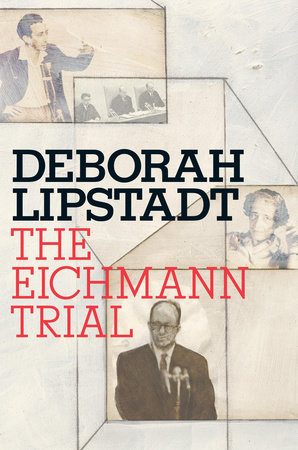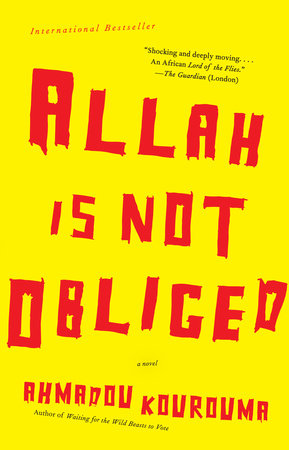A Conversation with
JILL LEPORE
author of
New York Burning:
Liberty, Slavery, and Conspiracy in Eighteenth-Century Manhattan
Q: What led you to investigate the New York City slave conspiracy of 1741?
A: I had read about the conspiracy years ago, and was struck both by how important the story was, and how little it was known. What happened in New York in 1741 was worse than the Salem witchcraft trials in 1692, but very few people, including most historians, had paid any attention to it. I found that intriguing.
Q: Do you think the account written by New York Supreme Court Justice Daniel Horsmanden has been dismissed as a useful resource by previous historians because of the extreme racial bias that is evident from his prose?
A: Horsmanden’s account, his compilation of all the court proceedings and trial testimony, is often dismissed because of his racial bias, but if we start throwing out racist documents we’ll have very little left in the archives. I decided to try to understand Horsmanden’s motives, which turned out to be deeply political.
Q: How important was it for you to recreate the City’s population in 1741 by combing through the census data and other primary sources?
A: One way to avoid relying on Horsmanden’s account is to use other sources. I used tax lists, maps, censuses, and a host of other data to reconstruct the city’s population in database form. It provided me with a way of seeing the city other than through Horsmanden’s eyes.
Q: You show that Daniel Horsmanden’s court was criticized fairly soon after the trials were completed, and he was the subject of ridicule within a few years. Why was there no objection during the investigation and sentencing?
A: In Salem in 1692, there was immediate remorse, followed by rather public contrition on the part of some of the judges. In New York in 1741, a few slave owners grumbled that their property had been destroyed—their slaves had been executed—on insufficient evidence. But there was never anything like the profound regret and self-examination that followed in the wake of the Salem witchcraft trials. While a few white New Yorkers objected to the trials and executions, none objected on moral grounds, mainly because they didn’t value their slaves’ lives enough, except as a matter of cash, to be overly concerned about any miscarriage of justice.
Q: How did New Yorkers like James Alexander, who were very concerned about maintaining the principles of Liberty, justify owning their own slaves?
A: Historians have debated this question for decades: how colonists who embraced liberty could own slaves. One of the best explanations is that the very fact of owning other human beings called attention, in the eyes of slave owners, to the importance of liberty, and led them to more passionately defend it.
Q: What effect did the fear of black rebellion have on party politics in the City? And do you think politicians played upon that fear to maintain control over their white constituents?
A: It seems to be more than coincidence that the same New Yorkers who were terrified at the prospect of citizens forming an oppositional political party in the 1730s detected, in 1741, a party of slaves who had conspired to kill the governor. The conspiracy Horsmanden’s investigation uncovered in 1741 looks a lot like a political party, and the execution of its leaders, I think, served to heal divisions among whites created by the fractious political climate of the previous decade.
Q: The hysteria of accusations and confessions that occurred during the course of the trial were compared at the time to the Salem Witch Trials. Why isn’t there a museum and literature devoted to the New York conspiracy, which involved many more people and far greater injustice?
A: Many of the women and men who were executed in Salem in 1692 came from prominent families. They were also convicted at a time when belief in witchcraft was declining. There was, in short, a good deal to regret about what happened in Salem, and the people who regretted it included many in positions of power and authority. In New York, the victims of the 1741 trials were mainly black slaves, and slavery was only growing in economic importance to the city. Slavery wasn’t entirely abolished in New York until the very late date of 1827, after which time white New Yorkers quickly determined to forget the city’s slave past.
Q: Do you feel that you have finally given the Accused the defense they deserved 264 years ago?
A: No one could do that. The sources are just too scant to know with any certainly what really happened in 1741. But I hope I’ve told the story in a way that is true to the evidence that survives.
